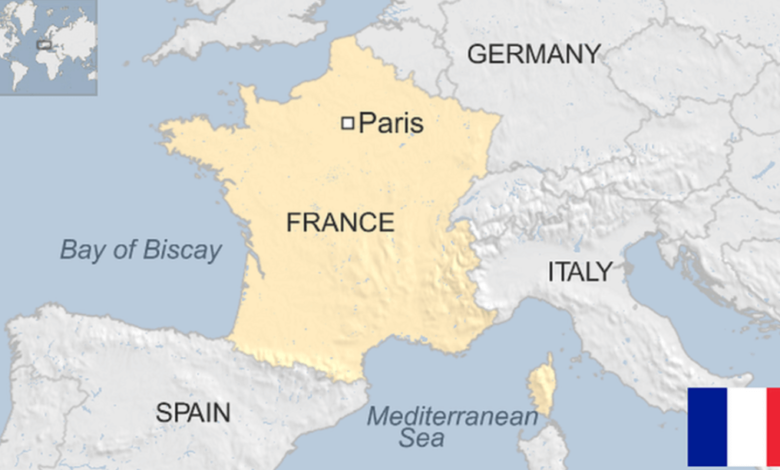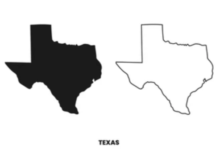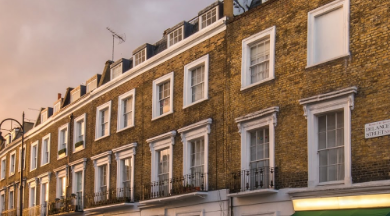Outline:2isccpqlvcm= France Map

The “Outline:2isccpqlvcm= France Map” is an essential resource for those seeking to navigate the intricate geographical and cultural landscape of France. By presenting an overview of the nation’s diverse topography and key landmarks, this map not only serves practical travel needs but also invites a deeper inquiry into the relationship between geography and culture. As we explore its various features, one might wonder how such a tool can transform our understanding of regional differences and enhance our travel experiences. What insights might await those who take the time to examine it closely?
Overview of France’s Geography
France, the largest country in the European Union, spans approximately 551,695 square kilometers, showcasing a diverse and multifaceted geography.
Its topographical features include mountains, plains, and coastlines, contributing to various climate zones. These zones range from oceanic in the west to Mediterranean in the south, reflecting the intricate interplay between geography and climate.
This interplay influences agricultural practices and settlement patterns throughout the nation.
Key Features of the Map
When examining the map of France, several key features stand out that are essential for understanding the country’s geographical layout.
Notably, the distribution of cultural landmarks such as the Eiffel Tower and Mont Saint-Michel reflects France’s rich historical heritage.
Additionally, the map illustrates regional diversity, highlighting various terrains and climates that contribute to distinct local cultures and economic activities across the nation.
Importance for Travelers
Understanding the geographical layout of France is particularly significant for travelers planning their visits.
This knowledge facilitates access to cultural landmarks and allows for the exploration of diverse regional cuisine.
Read Also Outline:4qgp9ldb3oq= Texas
Tips for Using the Map
Utilizing a map effectively is crucial for both navigation and enhancing the travel experience.
To improve your map reading and navigation skills, familiarize yourself with map symbols and scales. Always orient the map to your surroundings for better spatial awareness.
Additionally, plan your route in advance, noting key landmarks, and remain adaptable to unexpected detours. This approach ensures a more liberated and enjoyable journey.
Conclusion
The “Outline:2isccpqlvcm= France Map” serves as an essential resource for comprehending the geographical intricacies of France. The interplay between its diverse landscapes and cultural landmarks emphasizes the importance of geography in shaping local identities. The efficacy of this map in enhancing travel experiences suggests a correlation between geographical awareness and cultural appreciation. By facilitating informed route planning, the map not only guides travelers but also enriches their understanding of France’s multifaceted heritage.



